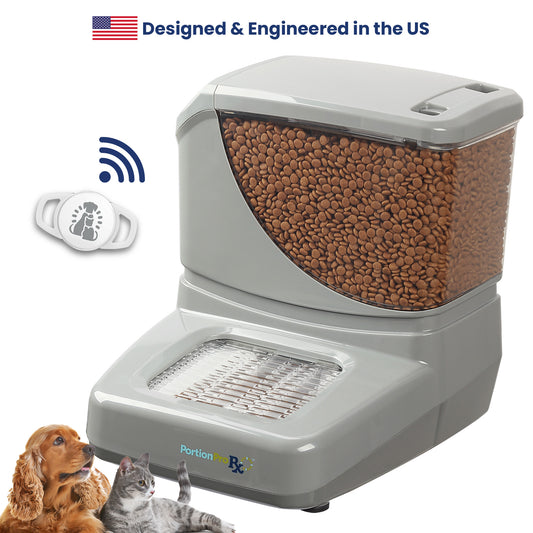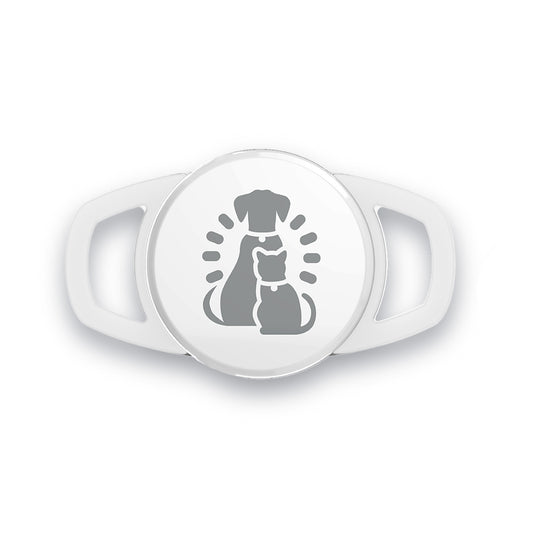Discover the best feeding schedule for your cat, how to manage portions, and tips for keeping them happy and healthy.
Feeding your cat is more than just filling their bowl, it’s a daily ritual that impacts their health, happiness, and overall well-being. Whether you’re trying to satisfy a picky eater or manage a cat with a seemingly endless appetite, finding the right feeding schedule is key to helping your feline thrive.
Understanding Your Cat's Natural Feeding Habits
Cats are natural hunters, and in the wild, they eat several small meals throughout the day. Their prey, such as mice or small birds, provides just enough sustenance for a single meal. Domesticated cats have retained these grazing instincts, which is why they often nibble on food rather than scarfing it all down at once.
Mimicking this natural behavior by offering smaller, more frequent meals can have numerous benefits. It supports better digestion, reduces the risk of overeating, and keeps your cat more satisfied throughout the day. It’s also a great way to reduce stress since cats feel more secure when they know food is regularly available.

Setting a Feeding Schedule
For most cats, feeding two to three times a day works well. This schedule strikes a balance between their instinct to graze and the practicality of your daily routine. Sticking to consistent mealtimes is crucial. Cats are creatures of habit, and they thrive on predictability. A routine feeding schedule can prevent overeating, underfeeding, and food-related anxiety.
If your cat tends to beg for food at odd hours, sticking to a routine will help. Cats quickly learn when to expect meals, and over time, they’ll adapt to the schedule you set.
Feeding Times and Age Considerations
It’s important to adjust your cat’s feeding schedule based on their life stage:
-
Kittens: Require 3-4 smaller meals daily to support their rapid growth and high energy needs.
-
Adult Cats: Generally do well on 2-3 meals per day, spaced evenly to match their energy levels.
-
Senior Cats: May benefit from more frequent but smaller meals, especially if they have health concerns such as reduced appetite or difficulty chewing.
How to Manage Portion Control
Portion control plays a significant role in maintaining your cat’s healthy weight and preventing obesity. Overfeeding is a common issue, but it can lead to serious health problems like diabetes, joint issues, or heart disease.
The best way to manage portion sizes is to follow the feeding guidelines provided on your cat food packaging or consult your veterinarian. Remember, each cat’s needs are unique, and their portions should be adjusted based on their size, activity level, and overall health.
If measuring and sticking to portions feels overwhelming, an automatic cat feeder can be a lifesaver. Devices like the Portion Pro RX make it easy to ensure your cat gets the right amount of food at the right time, even when you’re not home.

Benefits of Using an Automatic Feeder
For busy cat owners or households with unpredictable schedules, an automatic feeder is a game-changer. The Portion Pro RX, for example, takes the guesswork out of feeding by offering features like:
-
Portion Control: Accurately measures and dispenses meals to prevent overfeeding.
-
Automatic Scheduling: Ensures regular mealtimes, even if you’re not home.
-
RFID Technology: Perfect for multi-cat households, allowing personalized access to food for each pet.
Creating the perfect feeding routine for your cat isn’t just about convenience, it’s about giving them the care and attention they need to live their happiest, healthiest life. A well-planned schedule combined with tools like the Portion Pro RX can help you keep your cat healthy and satisfied, no matter how busy your schedule gets. With a little consistency and the right approach, you can turn every mealtime into an opportunity to show your cat just how much you care.



